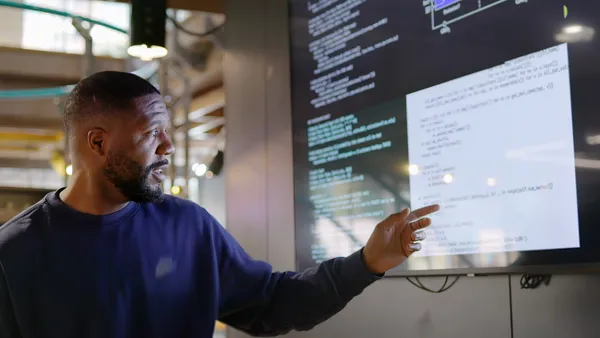Privacy-enhancing technologies (PETs) have been around for decades across a range of innovative use cases where the use of data had to be carefully controlled. These technologies have long been in the tool-set of medical researchers and government statisticians, but increasing desires for consumer privacy and control, coupled with a growing body of privacy regulation, means that CIOs' remit for managing risk is growing more complex every day.
While PETs have existed for years, the maturing social and political context around privacy has brought them into the spotlight, now more than ever. In a post-GDPR, CPRA, and third-party cookie world, even common activities such as sending customers ads and measuring campaign effectiveness are beginning to depend on new tools and techniques that are designed with privacy in mind.
Before adopting any new approach, it's important to understand what PETs are before considering how they fit into a technology strategy that mitigates risk while promoting innovation.
What are privacy-enhancing technologies (PETs)?
PETs are an ever-growing group of technologies that enable companies to comply with data regulations and partner requirements around using data in a privacy-conscious manner. These technologies range from quite simple to extremely complex, with each technology serving a slightly different purpose.
Some PETs include:
- Data masking: A simple process in which sensitive information is obfuscated or removed from the dataset. An example of this is a medical record with the first and last name of the patient removed. Data masking is an incredibly helpful tool when providing access to a dataset when sensitive information is not critical for analysis.
- Generalization: A process in which data points are rounded to less-precise values to make it harder to identify individuals. This includes bucketing ages into five-year groups or revealing dates at a monthly, rather than daily, resolution.
- Secure multiparty computation: A category of protocols that enables collaboration with no party able to see another's data. An example use case would be calculating the number of overlapping customers between two organizations without ever sharing a customer list.
- Homomorphic encryption: An encryption technique enabling computation on encrypted data without decrypting it first. This can be used in secure multiparty computation settings for tasks like training machine-learning models across distributed private data sets, which is also called federated learning.
- Differential privacy: A mathematically proven privacy model developed more than a decade ago. Differentially private systems inject a controlled level of noise into data sets to prevent the re-identification of individuals during analysis. Differential privacy has been adopted by organizations including Facebook, Google, Apple, and the U.S. Census Bureau.
Using PETs in concert with legal and security mechanisms
When considering how PETs can be used to enable innovative forms of collaboration, it's helpful to imagine how they support existing privacy and security techniques and legal mechanisms. Here's one scenario:
If you are a retailer and have a contract with a CPG partner stating that any usage of data must prohibit attempted re-identification, you've already reduced risk via a legal mechanism. To further define your data collaboration and exactly how you'll be working together, you can layer on security approaches such as multi-factor authentication and audit logging. This means that each analyst, whether from your side or the CPG's, must receive clearance to access the secure collaborative environment and will know that their usage can be audited. PETs can build on this foundation by providing analysts with a differentially private query engine to protect the underlying data against re-identification.
All of these techniques work in concert with one another to dramatically reduce the overall risk associated with using sensitive data. No single tool can provide a complete solution. By using the right tool for each job, you can design a comprehensive approach to mitigating the risk.
Privacy is not one-size-fits-all
While many scenarios could be similar to the one we described above, it's not a perfect recipe: privacy is not one-size-fits-all. Every company and its partners will have unique security and technical requirements which warrant holistic exploration of the available security and privacy mechanisms (including PETs) that can be applied.
However, PETs' ability to push the frontier of what's possible with data without compromising privacy means that CIOs who can leverage them will open up a world of new value. By understanding the unique ways PETs can be combined to suit a particular goal or use case, CIOs can elevate the enterprise by reaping greater benefits from their infrastructural investments and more importantly, by keeping privacy front and center.










